Home \ International \ Herrenknecht: new drains for Singapore
Herrenknecht: new drains for Singapore
30/10/2018
Pubblicato da Redazione
In Singapore, a Herrenknecht tunnel boring machine (EPB Shield, Ø 5,250 mm) excavated two large drains for the Stamford Diversion Canal. The challenge: winding bottlenecks and an inner-city drive in one of the most densely populated cities in the world. A
In Singapore, a Herrenknecht tunnel boring machine (EPB Shield, Ø 5,250 mm) excavated two large drains for the Stamford Diversion Canal. The challenge: winding bottlenecks and an inner-city drive in one of the most densely populated cities in the world. After the final breakthrough of the 1,000 meter long twin tunnels, the new drains will take the pressure off the Singapore River and reduce flooding in future.
With just under six million inhabitants in an area of only 700 square kilometers, Singapore is the third most densely populated country in the world. The Herrenknecht EPB Shield S-975 bored two 1,000 meter long drainage tunnels there. The final breakthrough took place in December 2017. The new tunnels expand the existing drainage system and will relieve the Singapore River long-term, for example during heavy rain. This greatly reduces the risk of flooding in the city-state.
In the very heart of Singapore, the twin tunnels complement the existing five kilometer long Stamford Canal. Due to the inner-city location, the smallest possible diameter of 24 meters was chosen for the round launch shaft. Because of the limited space, during design already attention was paid to making the machine as compact as possible. The individual parts of the EPB Shield arrived just-in-time at the jobsite. Carefully the Herrenknecht engineers gently lowered the TBM component by component into the launch shaft until it was ready for its tunnel mission.
On completion of the first tunnel the machine was returned to its starting point in the launch shaft, where it began excavation of the second tunnel tube. With a drive power of 630 kilowatts, the TBM worked its way through complex ground conditions (highly weathered granite) and with small overburdens crossed under the busy inner city of the metropolis of Singapore, surrounded by skyscrapers with shopping malls and apartments. In 2010 and 2011 Orchard Road, which runs near the Stamford Canal, was repeatedly affected by major flooding because the existing drain could not accommodate the water masses during heavy rain and flash floods. In recent years, rains have become heavier and floods in Singapore more frequent, reports the National Water Agency. The expansion of the drainage system is designed to prevent this in future and relieve the Stamford Canal by up to 30 percent.
Additional challenges were posed by the short distance between the two tunnels and a tight curve radius of 180 meters in the course of the alignment. Precision and intricate work were called for here: with shield articulation cylinders, the curve drive was continuously adjusted so that deviations were always within the tolerance. In this way a continuous advance with top performances of up to 18 meters per day and 91 meters per week was possible. The site crew of customer Tiong Seng Contractors (Pte) Ltd did an excellent job.

Ultime notizie di Herrenknecht
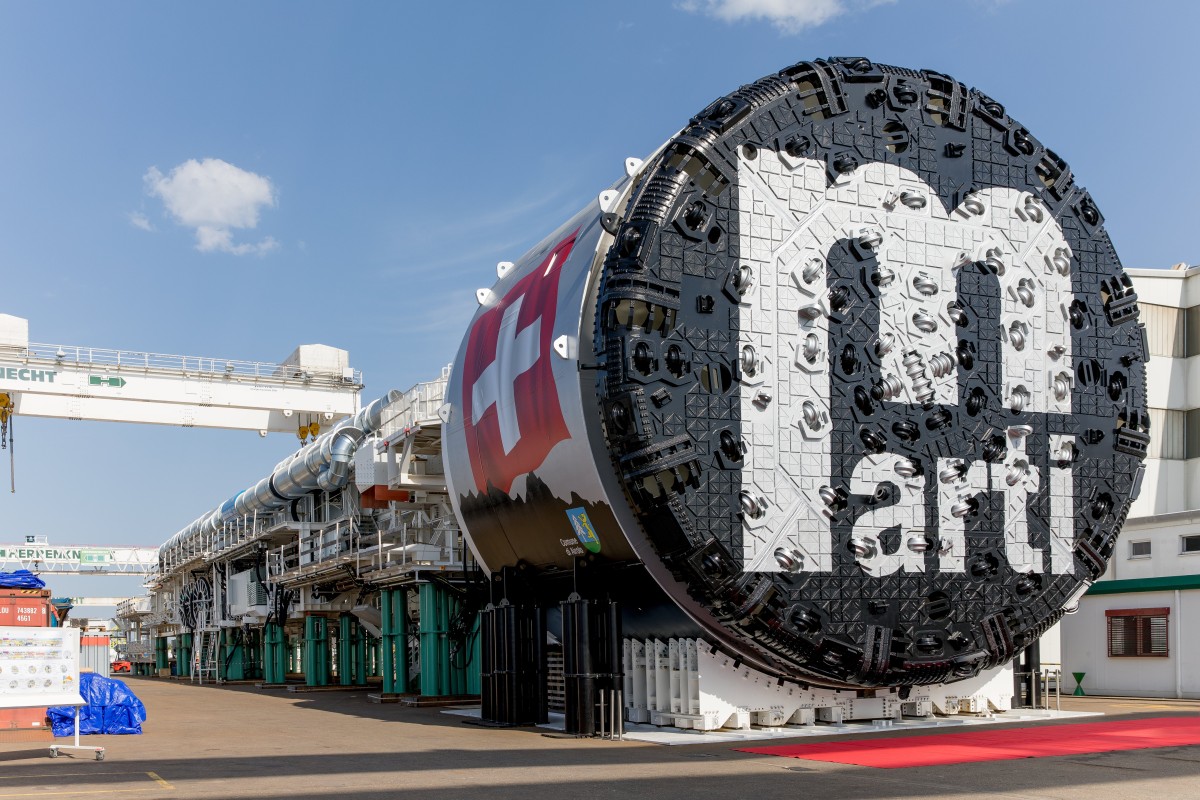
Perforation
18/09/2024
Herrenknecht returns to the Gotthard
Mechanized tunnelling technology from Schwanau is once again...
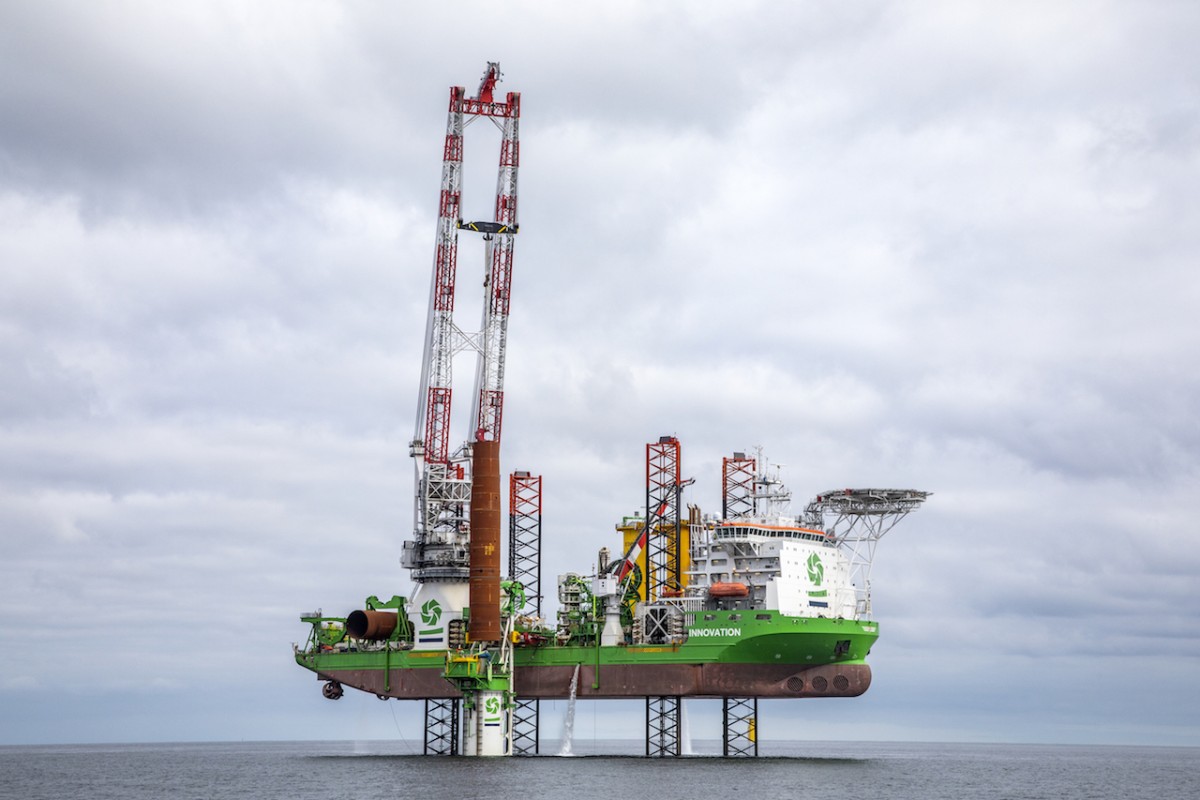
Perforation
15/05/2024
Second wind farm with Herrenknecht OFD technology
Herrenknecht's Offshore Foundation Drilling (OFD) technology...

Perforation
18/03/2024
Herrenknecht: eight tunnel boring machines for the Brenner project
Seventh tunnel boring machine handed over for the record-bre...

Perforation
08/02/2024
Herrenknecht presents tunnel boring machine for Vienna
Herrenknecht is supplying a tunnel boring machine for tunnel...

03/05/2021
Advance record at the Brenner Base Tunnel
The miners in the Brenner Base Tunnel are pushing ahead rapi...

23/07/2020
Mighty breakthrough for Europe's biggest boring machine
Following the specifications of customer Pavimental, Herrenk...
Altri International

International
21/11/2024
Kleemann: New compact crusher used for recycling
Impact crusher MOBIREX MR 100i NEO impresses during operatio...
International
21/11/2024
SITECH partners with Royal Engineers to create poppy and demonstrate tech offering
The demostration involved creating a ground-level poppy desi...
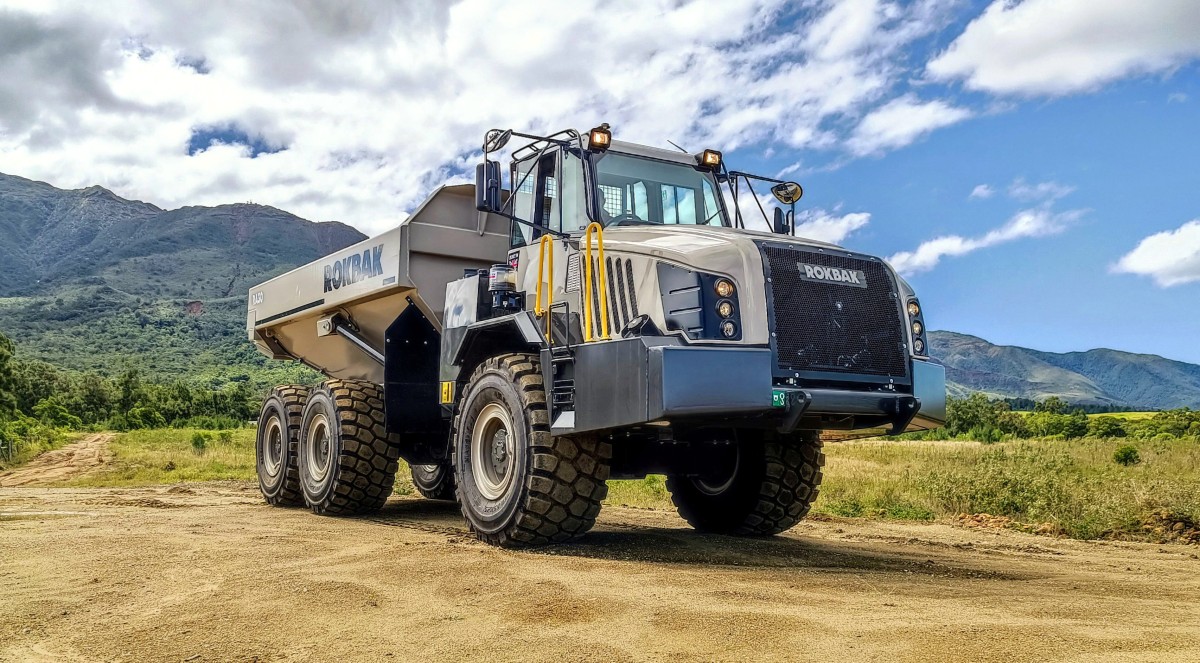
International
20/11/2024
Strong and stable RA30 trucks carry the weight at New Caledonian mine
Three Rokbak RA30 trucks are delivering exceptional durabili...
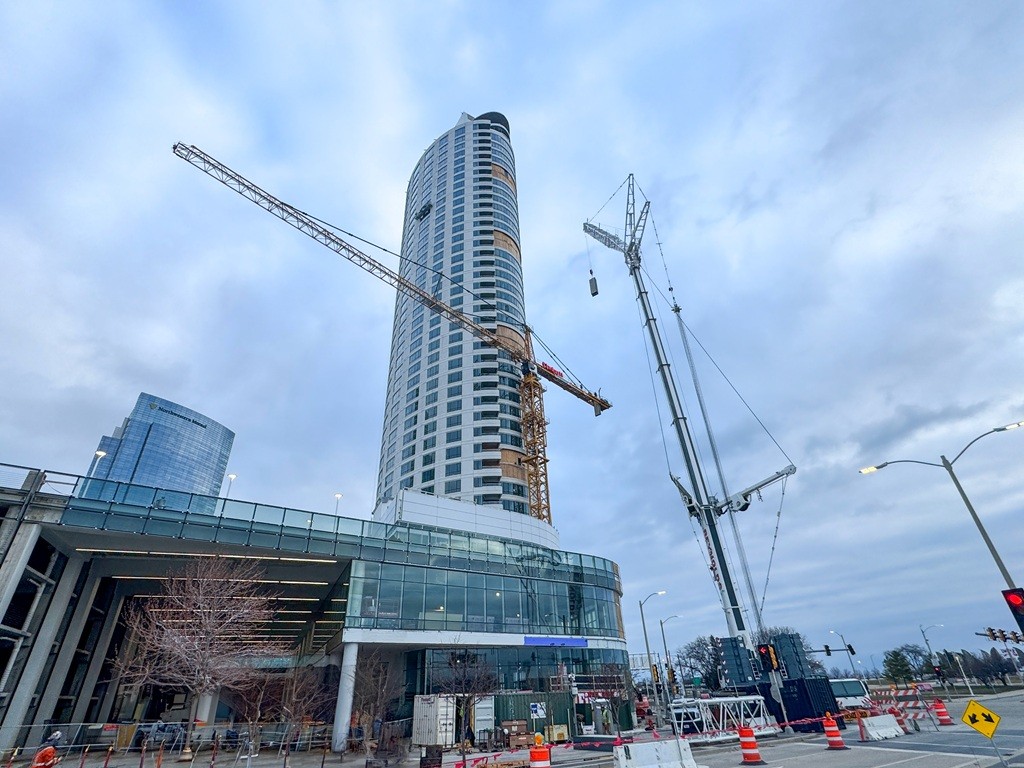
International
20/11/2024
Tadano AC 7.450-1 Performs Double Duty in Wisconsin
A cost-saving and versatile solution was already on site - a...

International
19/11/2024
Liebherr Tower Cranes and John Paul Construction celebrate 50 years of partnership
Irish construction company John Paul Construction is celebra...
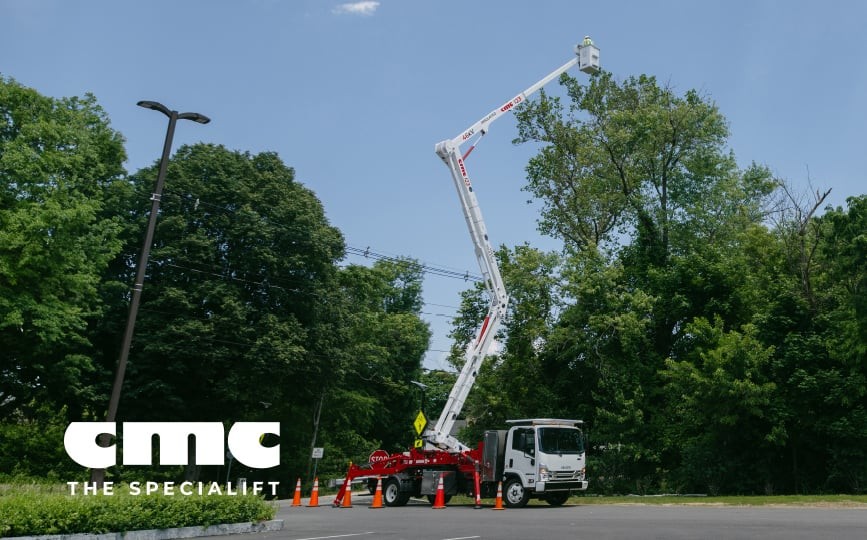
International
18/11/2024
The CMC i23 aerial platform: an example of high performances
CMC i23 is designed to maximise operational efficiency in al...









































